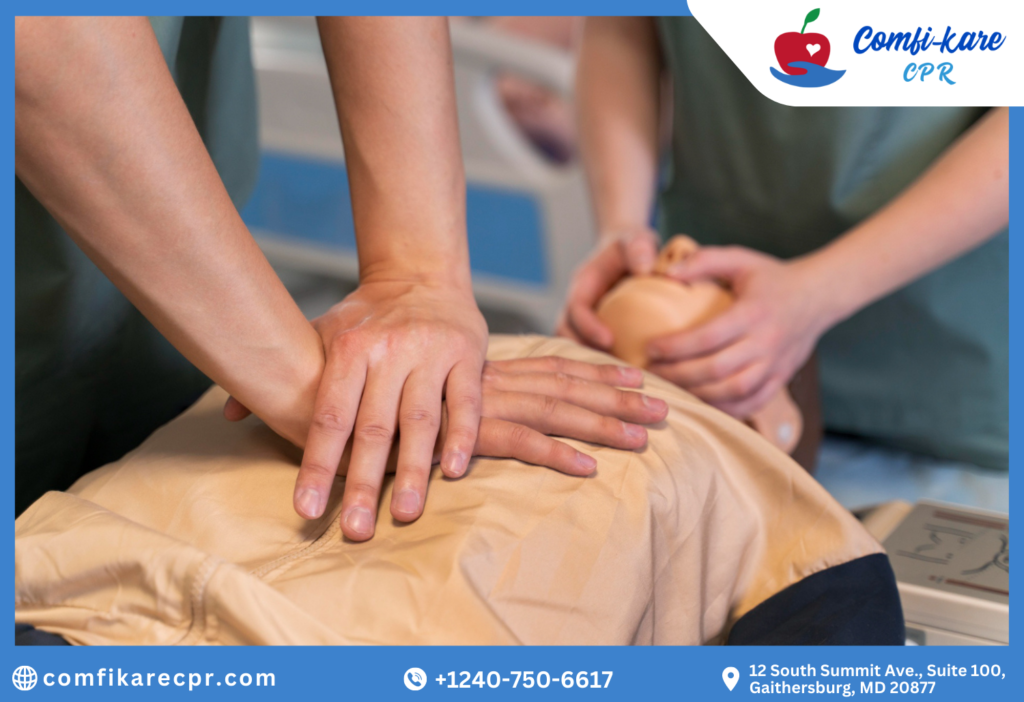
In times of emergencies, having basic life support (BLS) knowledge can mean the difference between life and death. Basic Life Support refers to the immediate care provided to individuals experiencing life-threatening situations, such as cardiac arrest, choking, or blockage of airways. This blog aims to provide you with essential information about Basic Life Support, including its importance, key components, and step-by-step procedures. By going through a BLS training course, you can become better prepared to handle critical situations and potentially save lives.
Importance of Basic Life Support
Basic Life Support plays a vital role in the chain of survival. It focuses on providing immediate care to sustain life until professional medical help arrives. BLS techniques can significantly increase the chances of survival for individuals experiencing cardiac arrest, respiratory distress, or other medical emergencies. By performing proper BLS, you can help maintain vital organ function, promote blood circulation, and ensure that oxygen reaches the brain and other organs.
Key Components of Basic Life Support
1. Recognition of the emergency: The first step in providing BLS is recognizing the emergency situation. Being able to identify signs of cardiac arrest, respiratory distress, or choking is crucial for initiating prompt care.
2. Activating emergency medical services (EMS): Once you recognize the emergency, call the local emergency number to activate EMS. This ensures that professional help is on its way while you begin providing immediate care.
3. Chest compressions: High-quality chest compressions are the cornerstone of BLS. Place the heel of one hand on the center of the victim’s chest (lower half of the sternum), and interlock the fingers. Push hard and fast, aiming for a depth of at least 2 inches (5 centimeters) and a rate of 100-120 compressions per minute.
4. Rescue breaths: If you are trained in rescue breaths, provide 2 breaths after every 30 compressions. Ensure a clear airway by tilting the head back and lifting the chin. Pinch the victim’s nose shut and cover their mouth with yours, forming an airtight seal. Give a breath lasting about 1 second, watching for the chest to rise.
5. Defibrillation: For victims of sudden cardiac arrest, early defibrillation is crucial. Automated External Defibrillators (AEDs) are user-friendly devices that are used to analyze the heart rhythm and deliver an electric shock if necessary.
6. Choking: Basic Life Support also covers the management of choking victims. Perform the Heimlich maneuver (abdominal thrusts) by standing behind the victim, placing your hands above their navel, and delivering firm upward thrusts until the object is dislodged and the breathing is restored.
Conclusion
Basic Life Support is a set of critical skills that can save lives during emergencies. By recognizing emergencies, activating EMS, performing chest compressions, providing rescue breaths, using defibrillators, and managing choking incidents, you can make a significant difference in the outcome of a life-threatening situation. It is essential to undergo formal BLS training courses and regularly refresh your knowledge and skills. Remember, your preparedness and quick actions can be the crucial factor in someone’s survival.
Get the Best Basic Life Support Course with Certification
Comfikare CPR is known for providing the best basic life support training course in Frederick County, Maryland. We help medical professionals to obtain certification for BLS courses. Along with that, we also provide training in basic life support skills with certification to the masses as we believe each individual should be equipped with mandatory first aid skills to help in saving a life in emergency conditions. You can also contact us for a basic life support certificate renewal.

